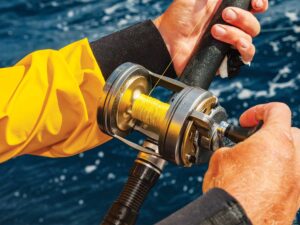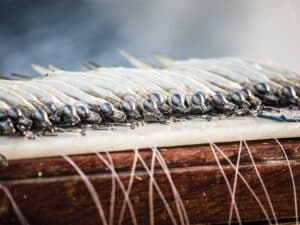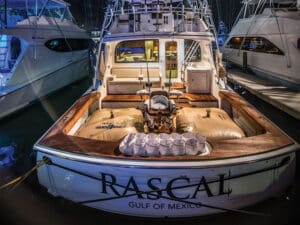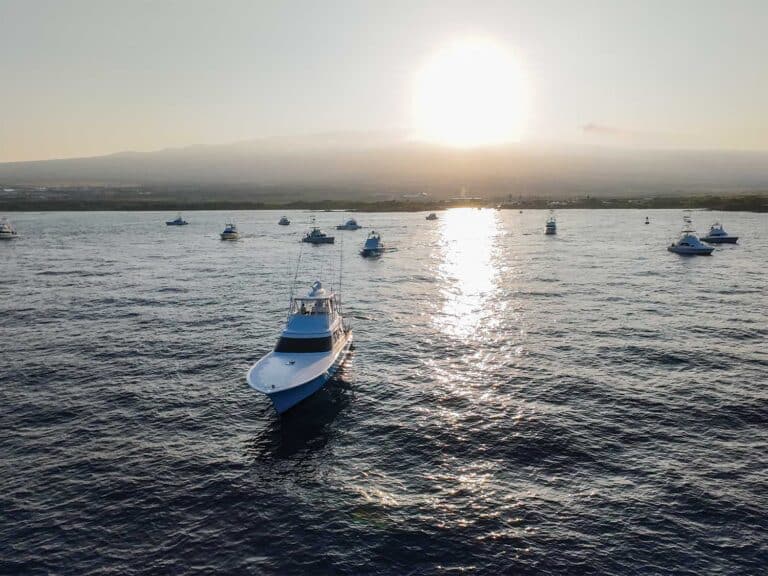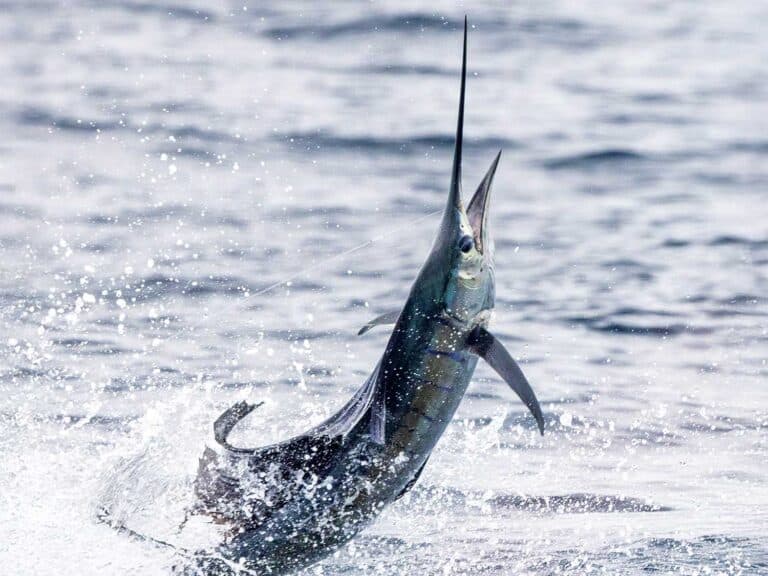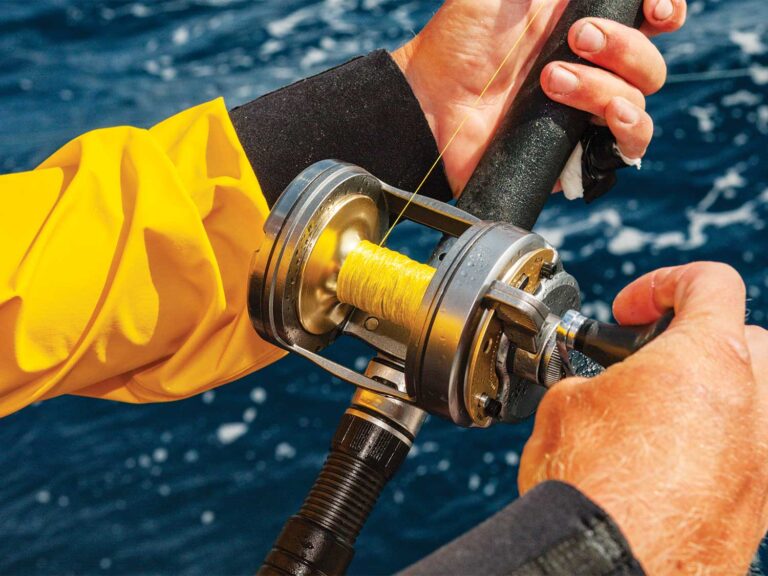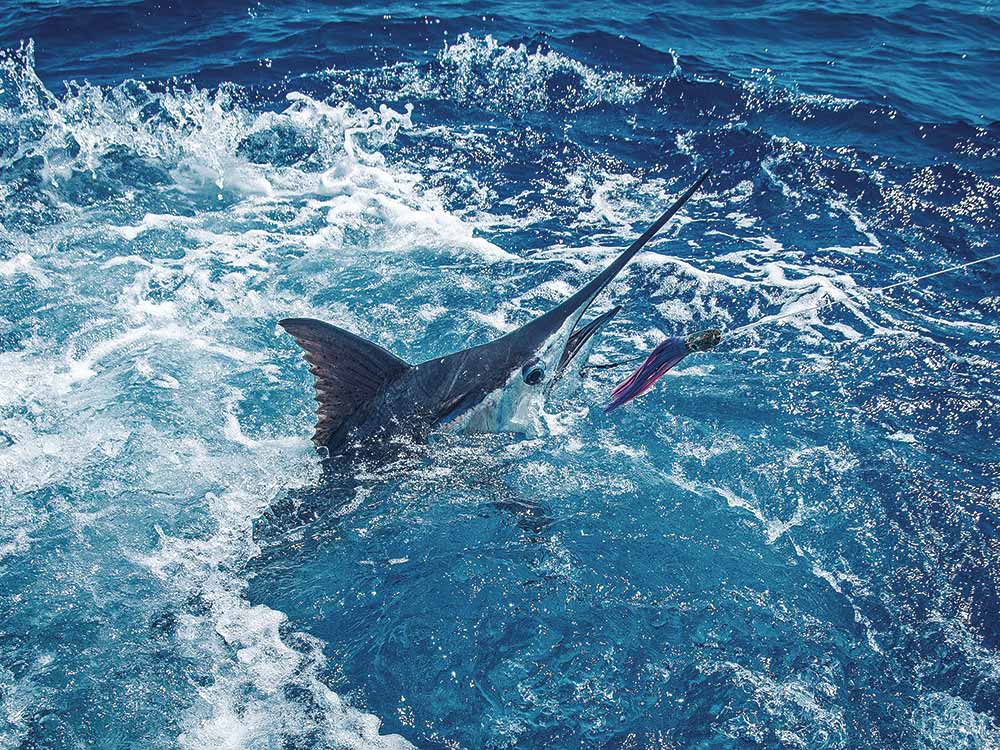
Are you averaging more than 75 percent hookup rates on your marlin lures? If not, you might want to consider learning how to rig marlin lures a different way.
There are lots of lure trollers who average more than 85 percent; some are even close to 100 percent, as they hook just about every fish that strikes. There’s a common thread in their lure and gear setup: They pay more attention to the hooks and the way they rig the lure so they can greatly improve their hookup ratios.
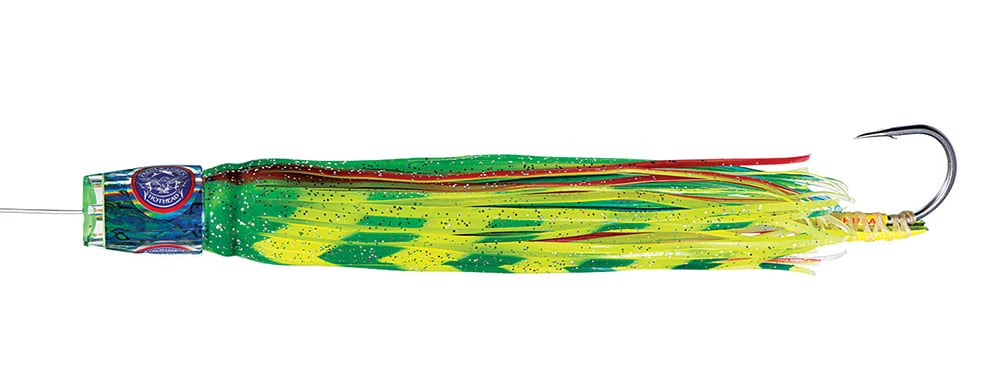
The environment behind the boat is turbulent, and the fact that water is 780 times denser than air further complicates things, making it difficult to get the lures to do what you want them to. Think of it this way: Trolling a rigged lure at 7 mph times 780 equals 5,460 mph. The fastest jet in the world, the X-15, reaches speeds of only 4,520 mph. Trolling lures with some control seems to be a daunting task when you factor in a bit of turbulence, wind chop and swell. So rather than fight the environment, we can work with what the lure and its components naturally want to do.
All About the Hook
It’s the hook that catches the fish — not the lure — and yet the discussion of rigging marlin lures rarely goes further than using single or double hooks (with the single hook usually winning out because it’s safer for the crew). A lure becomes more stable when it is rigged with a bigger, heavier hook. Otherwise, the hook will spin as it tries to balance itself in the unstable environment behind the boat.
The shape of the hook is also important: A hook will always have an ideal penetrating motion when it has a turned-in point that is aimed at the same direction of pull — the hook eye. A hook with a point parallel to the shank can result in a slashing action instead of penetrating.
The barb can also be filed down somewhat to aid in penetration.
The hook size is critical: Be sure to pick a hook that has enough width to go around or over the jawbone of the fish you’re targeting. This means you need to add the radius of the lure head to the bight of the hook. However, this rule will cause the hooks to be too small to get around the jawbone of a marlin or sail if using very small lures, so be sure to use a hook that is large enough for the target.
Regardless of the hook’s shape, at slow speeds, the hook naturally travels through the water with its bend down and the point pretty much level with the eye. As the speed increases, the pressure on the hook shank makes the hook ride higher. Remember, all trolling lures accelerate and decelerate when they go through their breathing cycle as they dive and come back to the surface: You can see this by watching your rod tip bend and straighten while trolling. So, to allow the hook to do what it naturally does, I rig the hook so it can move freely on a loop with heat-shrink tubing over both the loop and up to the hook eye.
The Swivel Rig
I also incorporate a swivel in my lure rigging. The swivel rig doesn’t interfere with the lure’s desired action, and it also allows the hook to ride with the point facing up in most sea conditions.
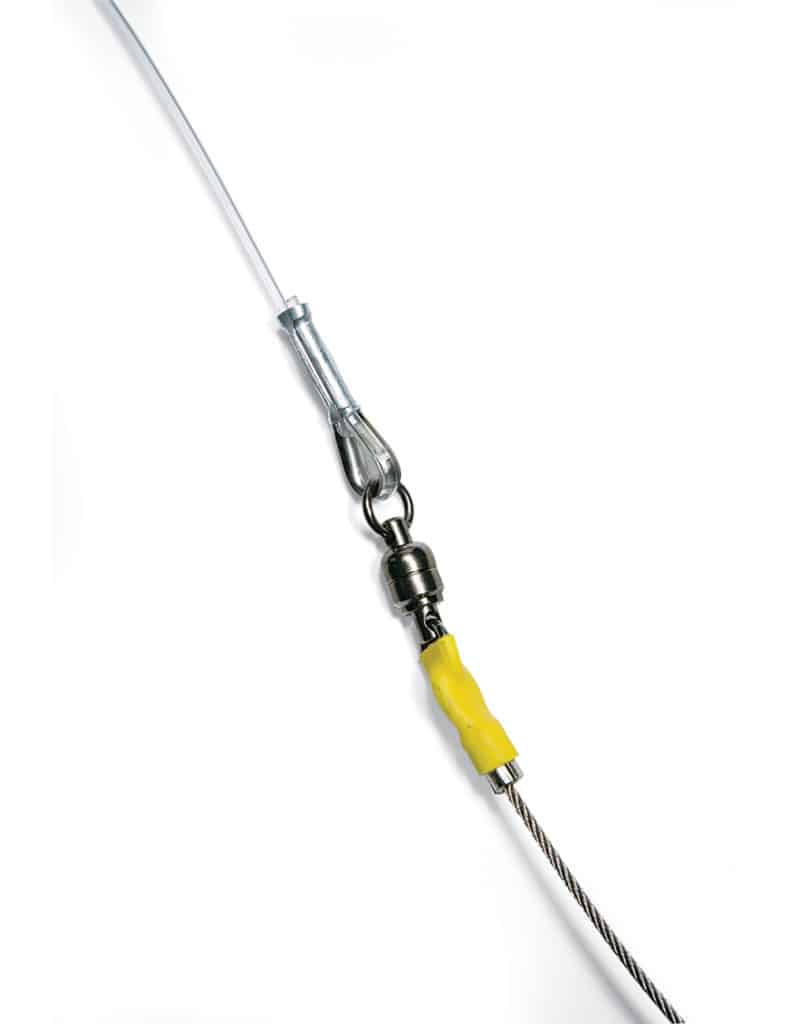
The swivel rig also lets the lure perform the way it was designed to without restrictions, and the hook rides well in the lure with the skirt just covering the eye of the hook.
Keel-Weighting
The reality is that the right double-hook rig will outperform single-hook rigs because two hooks have more weight, balance and resistance to spinning than just one hook alone. Single hooks with lighter gauge and a smaller size have even less weight to maintain lure balance, causing the lure to want to spin more.
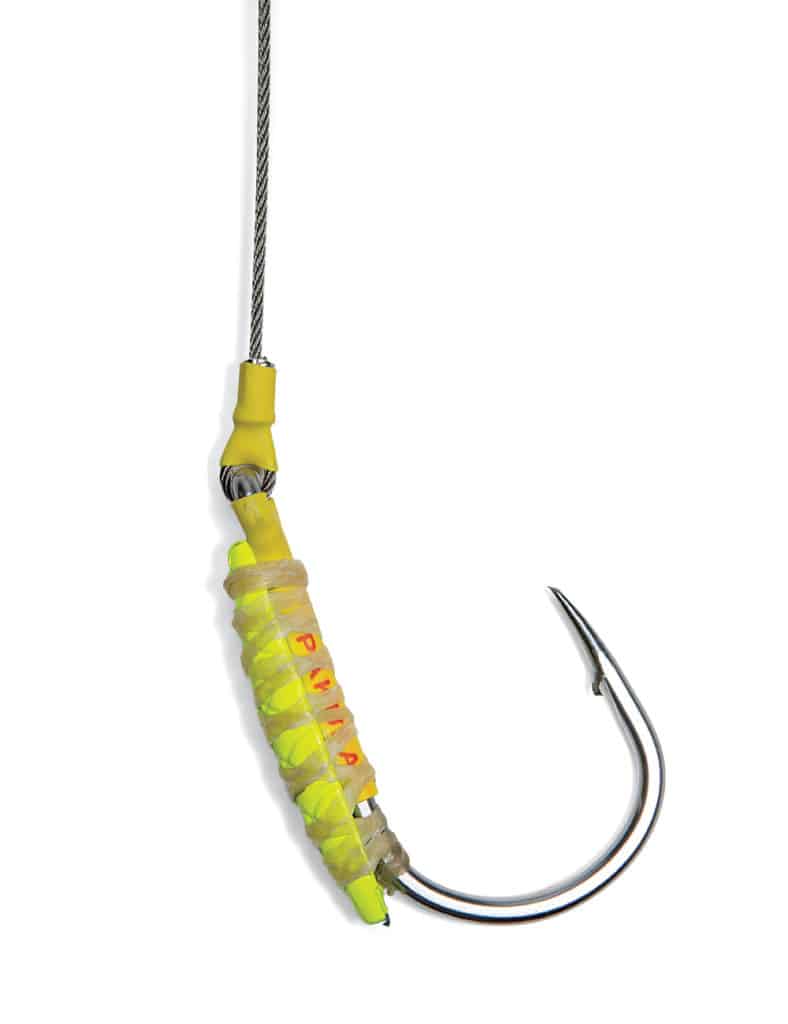
But by adding a small keel weight to a single-hook rig, lure performance can match the success of double-hook rigs, especially in the turbulent prop wash and rougher sea conditions. The added weight also keeps the single hook riding in the optimal position: upright.
By incorporating the correct hooks, the swivel rig and keel weighting into your lure rigging, your lures will perform even better and your hookup ratios can increase significantly.
About the Author
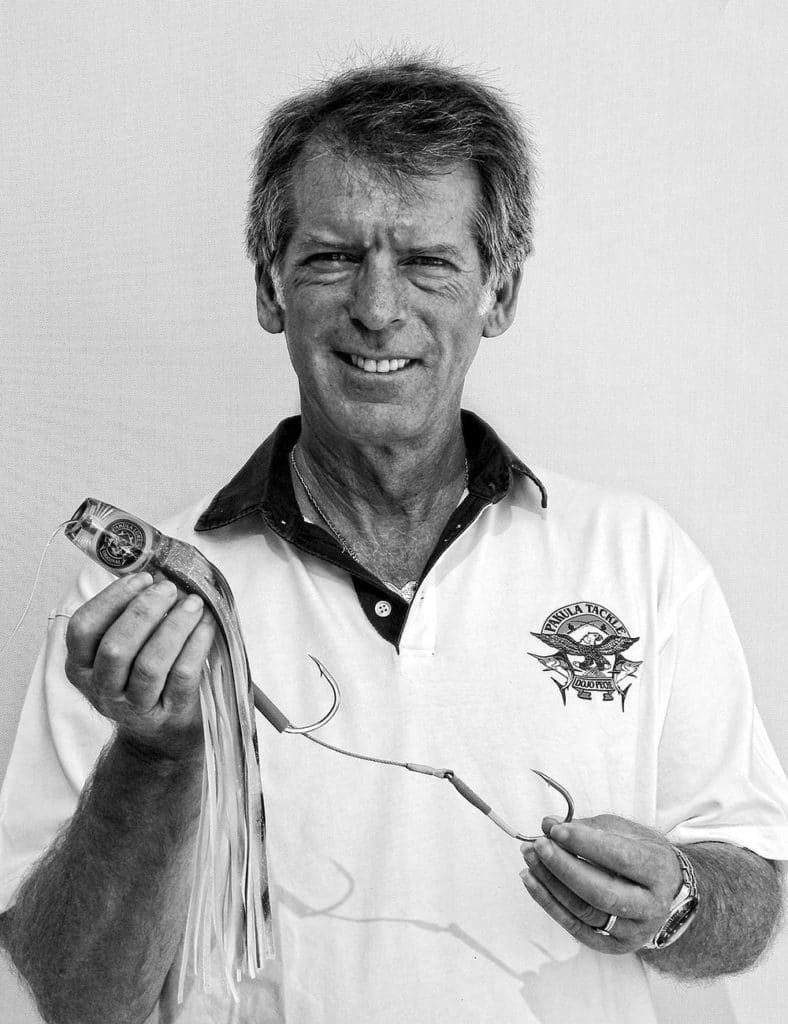
Peter Pakula is one of the world’s leading experts on lure fishing. He is the founder of Pakula Tackle in Australia, and he enjoys teaching others how to be successful on the water.
